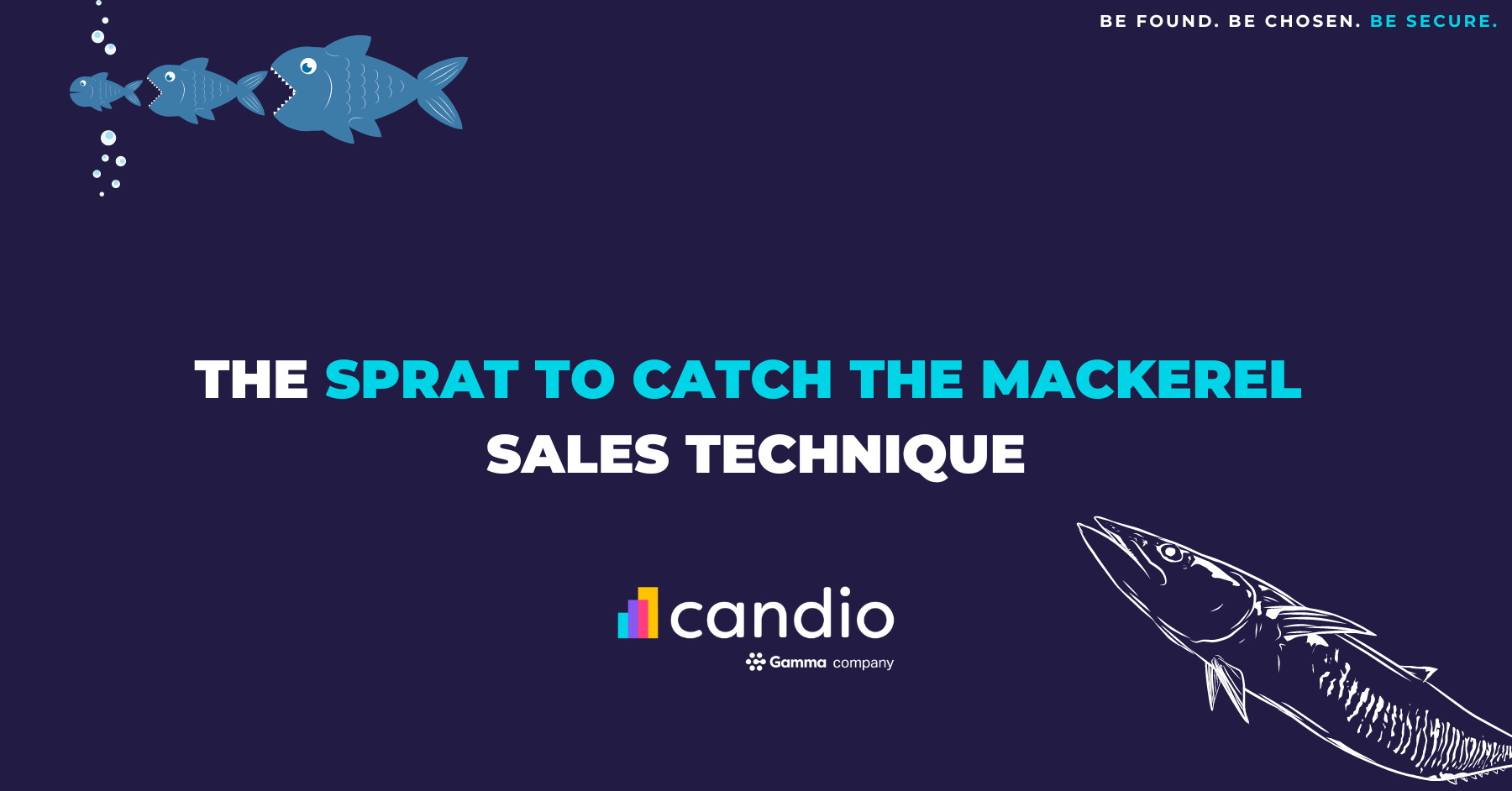In the ever-evolving world of sales and marketing, innovative strategies often determine success. One such time-tested strategy is the “Sprat to Catch the Mackerel” technique. This approach leverages small, often inexpensive offerings to attract customers and secure larger, more profitable sales. In this blog post, we’ll explore the origins, mechanics, and applications of this sales technique using SafeWeb, our dark web monitoring tool as the ideal “sprat.”
Understanding the Metaphor
The phrase “sprat to catch the mackerel” comes from a fishing metaphor, where a small fish (sprat) is used as bait to catch a larger, more valuable fish (mackerel). In sales, this means offering a low-cost or high-value item to attract customers, with the ultimate goal of upselling or cross-selling more expensive products or services.
The Mechanics of the Technique
Step 1: Identify the Sprat
For our example, SafeWeb; a basic, cybersecurity software will serve as the sprat. This offering should:
- Be relatively low-cost or perceived as highly valuable.
- Appeal to a broad audience concerned about online security.
- Showcase the quality and benefits of your brand.
Step 2: Attract the Customer
The next step is to attract potential customers to SafeWeb. This can be achieved through various marketing channels such as social media, email campaigns, and targeted advertising. The key is to highlight the value of SafeWeb, making it an irresistible offer for anyone seeking basic online protection.
Step 3: Build Trust and Relationship
As customers start using SafeWeb, it’s crucial to build trust and establish a relationship. Providing exceptional customer service, delivering on promises, and engaging with customers can help create a positive impression and encourage repeat business.
Step 4: Upsell or Cross-Sell
With a solid relationship in place, the final step is to introduce customers to your higher-value cybersecurity offerings. This can be done through personalized recommendations, special discounts, or bundled deals that enhance the initial SafeWeb experience. The goal is to seamlessly transition from SafeWeb to premium products, ensuring customers see the added value and benefits of upgrading.
REAL WORLD APPLICATIONS
Software Industry
In the software industry, companies often use free trials or freemium models like SafeWeb as their sprats. By offering a basic version of their software for free, they attract users who can later be converted into paying customers for premium features or subscriptions.
E-commerce
E-commerce platforms can employ this technique by offering significant discounts on popular items or free shipping on first purchases. Once customers are engaged, they are more likely to explore and purchase additional products.
Service-Based Businesses
For service-based businesses, offering a free consultation or a discounted first service can serve as an effective sprat. This allows potential clients to experience the quality of service, increasing the likelihood of securing long-term contracts or repeat business.
Benefits of the “Sprat to Catch the Mackerel” Technique
Cost-Effective Customer Acquisition
Using SafeWeb as a sprat allows businesses to acquire new customers at a relatively low cost. By offering something of value upfront, companies can attract a larger audience without significant upfront investment.
Building Long-Term Relationships
Starting with a small offering like SafeWeb helps in building trust and establishing a relationship with customers. This foundation can lead to long-term loyalty and repeat business.
Increased Sales and Revenue
By successfully upselling or cross-selling from SafeWeb to premium cybersecurity solutions, businesses can significantly increase their sales and revenue. The initial small investment in SafeWeb can lead to substantial returns in the form of higher-value purchases.
Conclusion
The “Sprat to Catch the Mackerel” sales technique is a powerful strategy that leverages small, attractive offerings to secure larger sales.
By understanding and implementing this technique using SafeWeb as the sprat, businesses can effectively attract new customers, build lasting relationships, and drive significant growth.
Whether you’re in software, e-commerce, or service-based industries, this approach can help you achieve your sales objectives and ensure long-term success.
